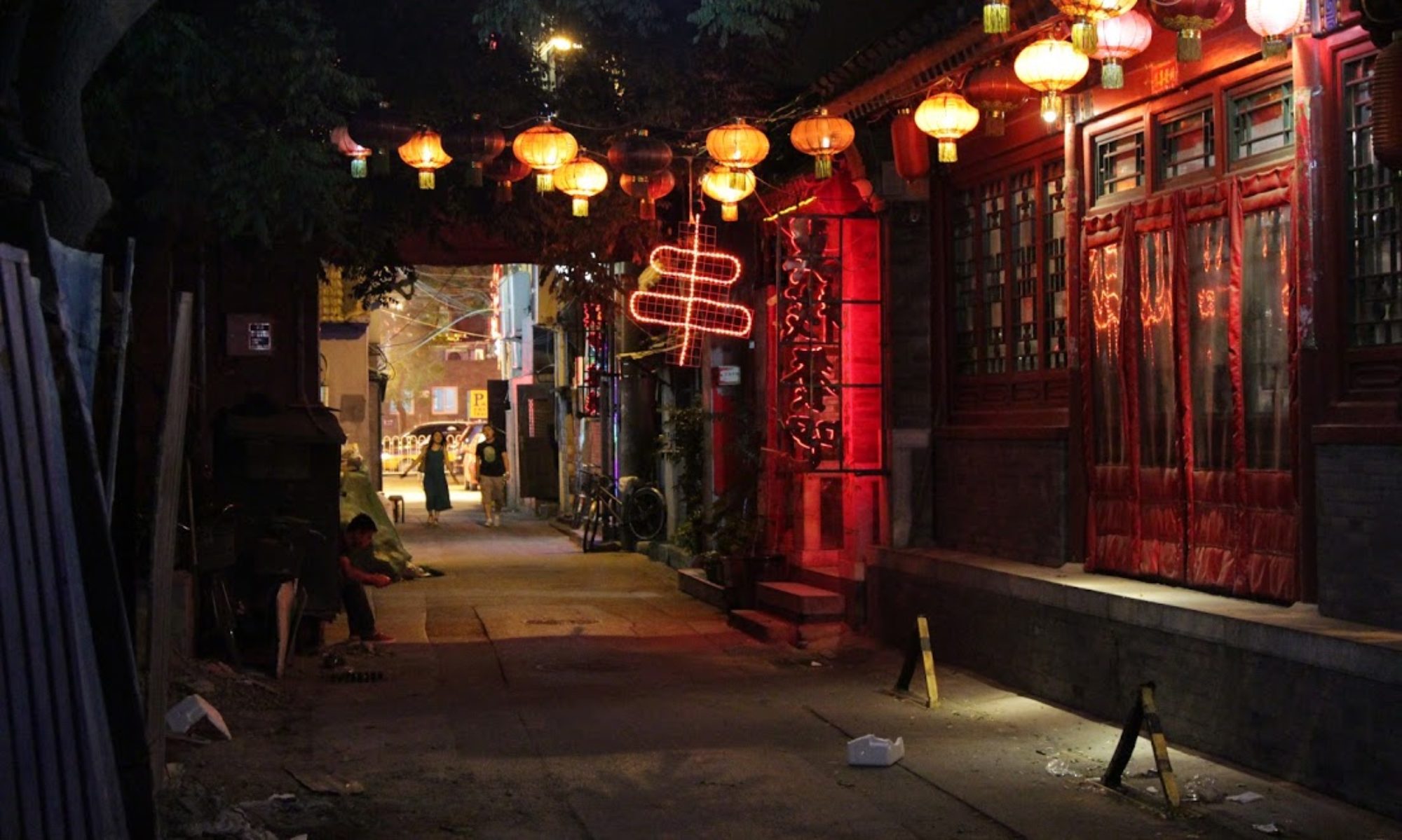‘Graffiti is vandalism, destruction, revolution, freedom and love. My life revolves almost entirely around the graffiti; making great friends and enemies, love and hate, has allowed me to travel and see other ideas, one day in a stinking dungeon, another painting by the sea.’ – Stinkfish
Graffiti has always had a negative connotation in my mind, connected to themes such as mafia, illegal activities, and vandalism. I never saw street art growing up in Naples, Florida.
Put simply, Colombian graffiti is extraordinary. Despite my preconceived notions, in Colombia I learned that street art truly can be a refined art – especially compared to the barren ‘tagged’ walls among the streets.

Graffiti spices up these mundane city walls. Even some of Bogotá’s most historic locations are put to life via commissioned graffiti. The following pictures show the oldest house in the city, followed by a traditional indoor market.
Despite the popularity of street art, its legality in Colombia is “somewhat of a grey area”, according to Christian of Bogotá Graffiti Tours. “Strictly speaking it isn’t illegal as in many European, North American and ‘Australiasian’ countries. From what I understand it is ‘prohibited’, meaning you can either be put in detention for 24 hours, pay a fine, or simply be told to stop and move on. I’ve painting here in the streets for 2 years now, and have only been told to stop by the police on a few occasions. It does seem to depend on the style of graffiti or street art your doing.”
Every street artist has their own brand and style. They often use street names, to maintain a level of separation between their artistic persona and day-to-day self. The graffiti tour’s founder is called Crisp, and has a style frequently characterized by stenciling. Following is my favorite piece of work by him.
Likely the most famous street artist in Colombia is known as Pez. He is from Barcelona, and is known by his cartoonish characters (particularly fish) with huge smiles.
 Pez’s street art has developed a worldwide following, and he currently has exhibitions in New York and Barcelona. His goal is to ‘spread good vibes to pedestrians using the universal and timeless language of the smile’.
Pez’s street art has developed a worldwide following, and he currently has exhibitions in New York and Barcelona. His goal is to ‘spread good vibes to pedestrians using the universal and timeless language of the smile’.
 Did you notice how the previous mural was done on the walls of a hostel? A recent trend in Bogotá has been for businesses to commission street artists to paint their walls as advertisements for their businesses.
Did you notice how the previous mural was done on the walls of a hostel? A recent trend in Bogotá has been for businesses to commission street artists to paint their walls as advertisements for their businesses.



While certain artists like Pez enjoy giving the city happy and upbeat graffiti, others choose to use the art for social or political messages. Most popular are the anti-war themes.
The following two stenciled murals were created by the street artist, DJ Lu.
Notice the camera handle in the following piece of anti-war art.
And finally, there are plenty of works around Bogotá that feature messages not about war, but of society and its flaws.




And finally, my favorite mural. This collaboration between Pez and other artists is roughly 40 feet long end to end.

As you may have figured out, this message is against bullfighting. In the final message of Fiesta Para Todos (party for everyone), the D is replaced by an R to make Fiesta Para Toros (party for the bulls).
The art is beautiful and magnificent, yet ever-changing. Street art typically has a lifespan of about 6 months at which point it is often painted over.
Whether you’re in Bogotá or planning a future trip to Colombia, don’t miss out on the graffiti tour. It’s led by Crisp himself; you won’t regret taking the time to go on it. For more information, click here to visit their website.
Click here to go to the personal website of Crisp.
For more photos from the tour, click here to view my Google+ Album.
I’m curious to know, which are your favorite artists or pictures from above? Leave a comment below to let me know!














Wow…beautiful! I think we need graffiti in Naples! I forwarded your article link to Juliana – she lived in Bogota for 18 months and loved it.
Thank you Kathryn! It really is a fantastic city with extremely warm people; I would love to go back someday.
Some great examples of street art, which is definitely an under-appreciated form of art. Reminds me of some of the murals that you see in Belfast, which as you’d expect have very political themes to them.